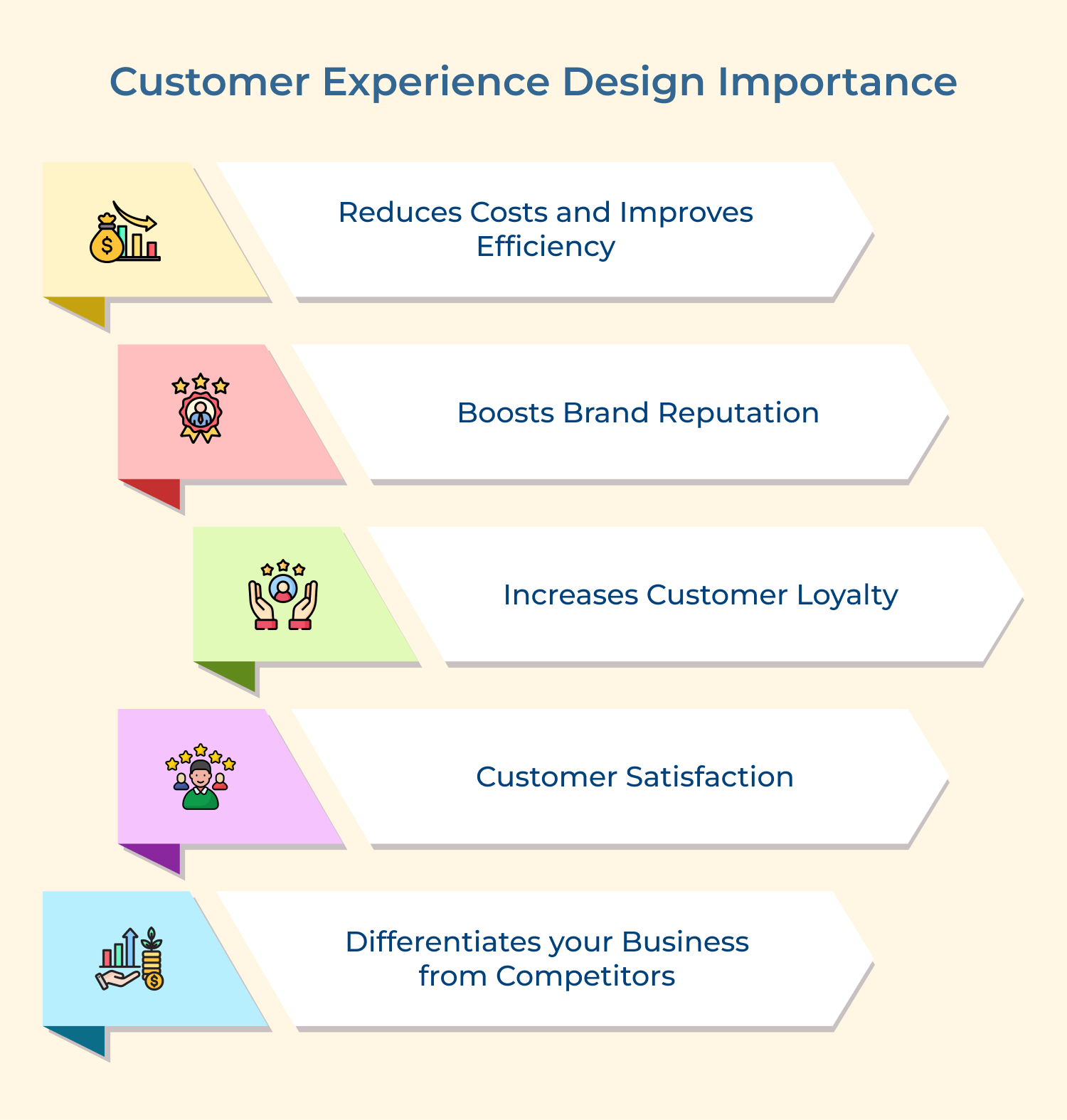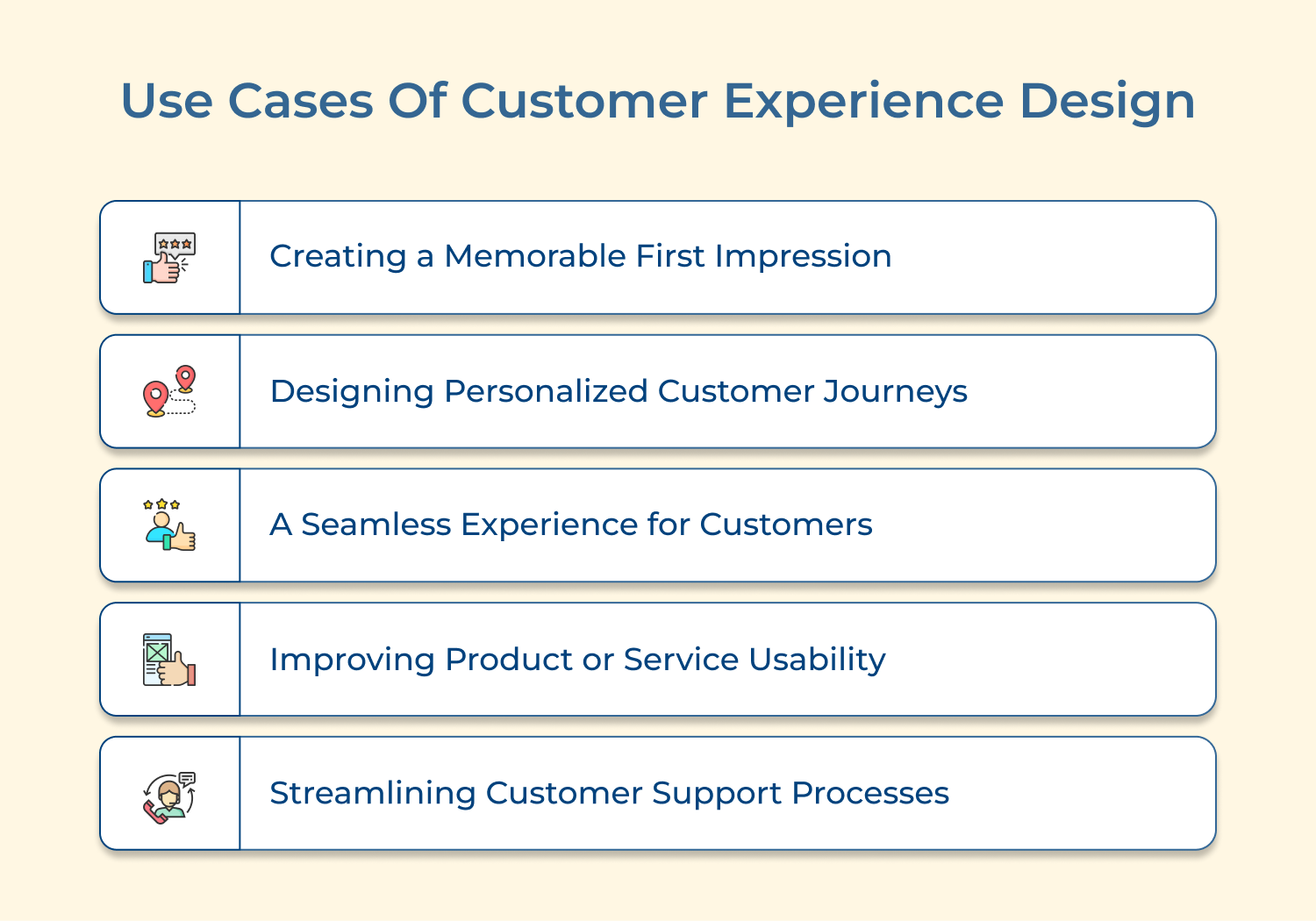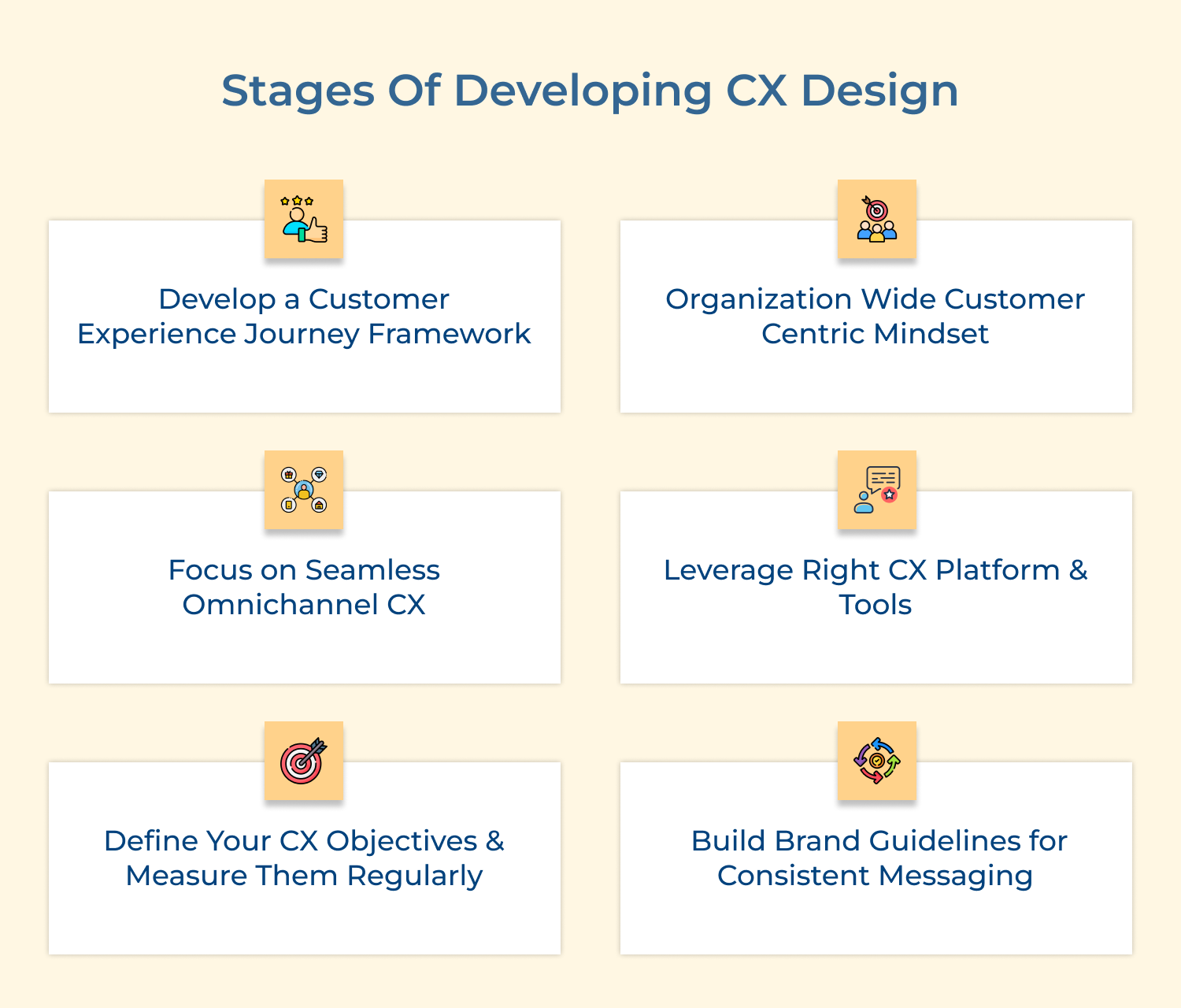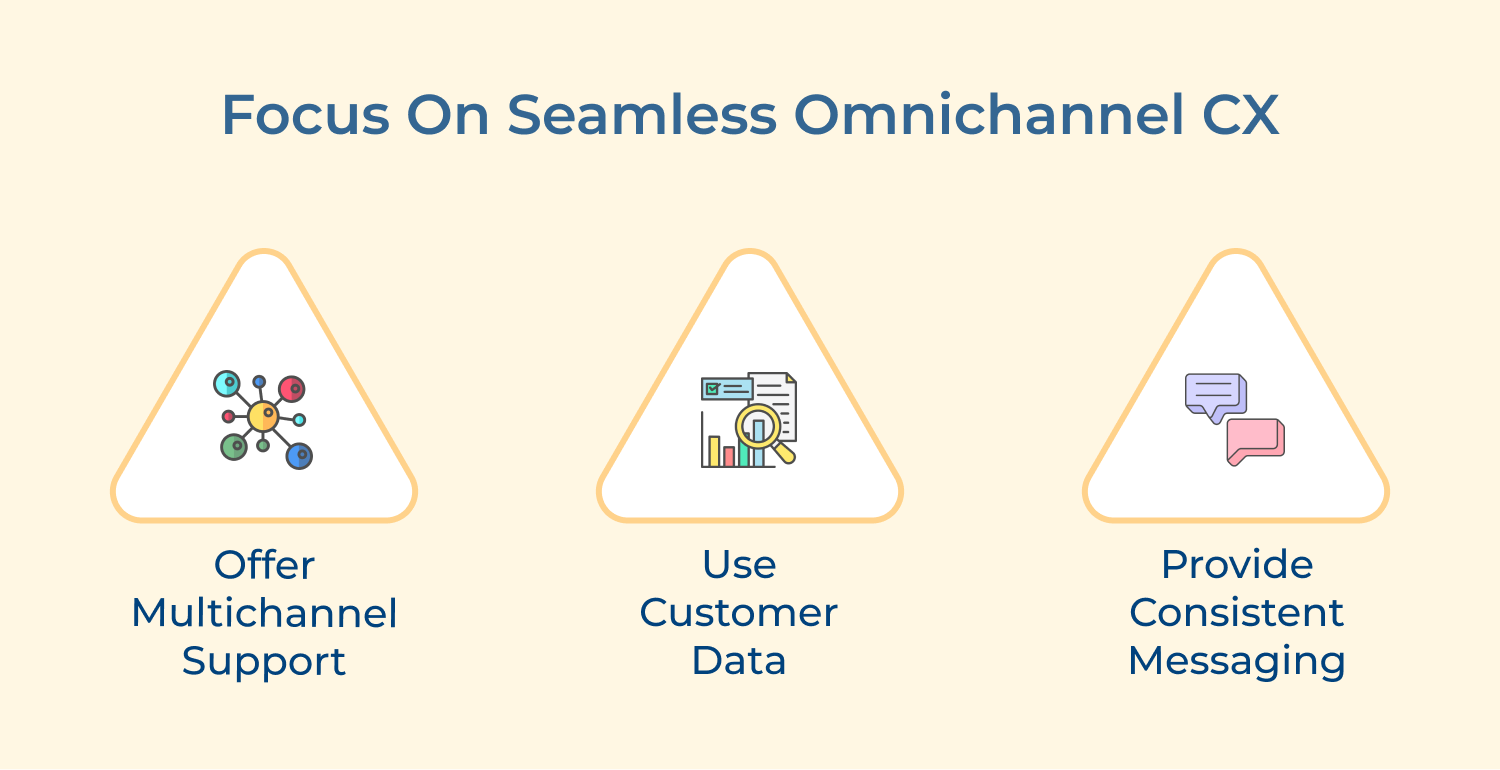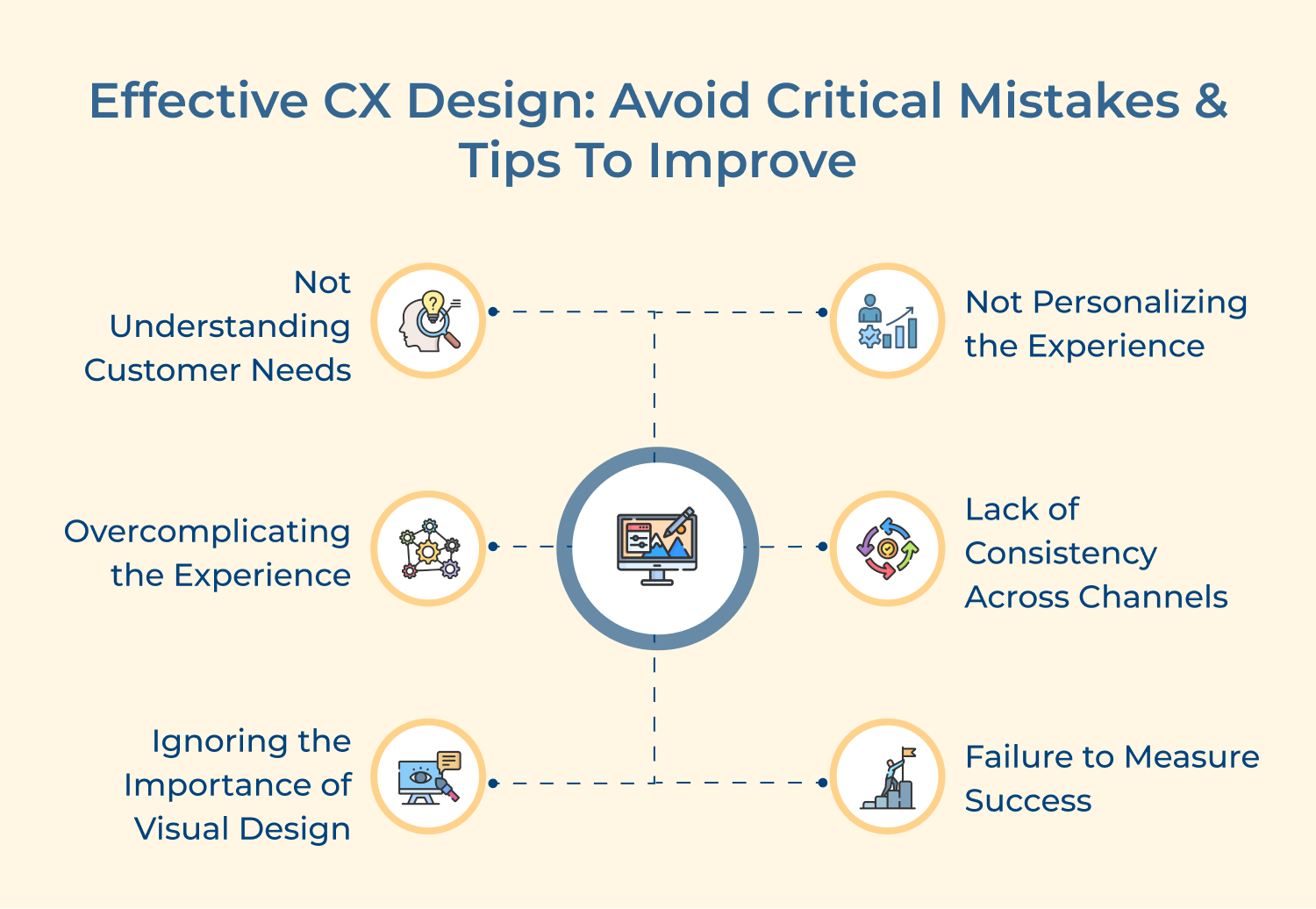1. Not Understanding Customer Needs
One of the biggest mistakes that businesses make is not taking the time to truly understand their customers’ needs. It can result in a CX design that falls short and fails to address the pain points as well as preferences of your target audience.
Tip: Invest in thorough market research, conduct surveys and gather customer feedback to gain insights into what your customers want as well as expect from your brand.
2. Overcomplicating the Experience
A convoluted customer experience can be a major turn-off for customers. From complicated navigation on your website to overly lengthy and confusing purchasing processes, overcomplicating the experience can frustrate as well as discourage potential customers.
Tip: Keep your CX design simple, intuitive and user-friendly to ensure a seamless experience for your customers.
3. Ignoring the Importance of Visual Design
Visual design plays a significant role in shaping customers’ perception of your brand and their overall experience. Neglecting the visual aspect of your CX design can result in a lackluster and unmemorable experience.
Tip: Invest in visually appealing and cohesive design elements that align with your brand identity as well as create a visually engaging experience for your customers.
4. Not Personalizing the Experience
Customers expect a personalized experience tailored to their specific needs and preferences. Failing to personalize your CX design can make your brand appear impersonal and indifferent to individual customer needs.
Tip: Utilize customer data to personalize interactions, recommend relevant products or services and provide customized communication to make your customers feel valued.
5. Lack of Consistency Across Channels
Customers interact with brands across multiple channels, including websites, social media and mobile apps. Failing to maintain consistency in your CX design across these channels can lead to confusion and a disjointed experience for customers.
Tip: Ensure that your brand’s messaging, visual identity and overall experience remain consistent across all platforms to create a cohesive as well as seamless journey for your customers.
6. Failure to Measure Success
Failure to measure the success of CX design is a critical mistake that businesses should avoid. CX metrics can help to measure the effectiveness of the CX strategy and identify areas that require improvement.
Tip: Metrics such as Net Promoter Score (NPS), customer satisfaction (CSAT) and customer effort score (CES) can help businesses track customer sentiment while identifying opportunities to improve the experience.
Provide Exceptional Support with Customer Experience Design
Customer Experience (CX) is about creating a positive emotional response throughout the entire customer journey. CX design involves understanding the customer’s needs, wants and expectations to create a smooth as well as seamless experience across all touchpoints.
Businesses can create a seamless and engaging experience by understanding the challenges, best practices. Focusing on your customers’ experience is an extremely efficient way of increasing your business’s bottom line while also keeping your users happy. A well-designed CX helps in building customer loyalty, driving revenue growth and increasing customer satisfaction.
